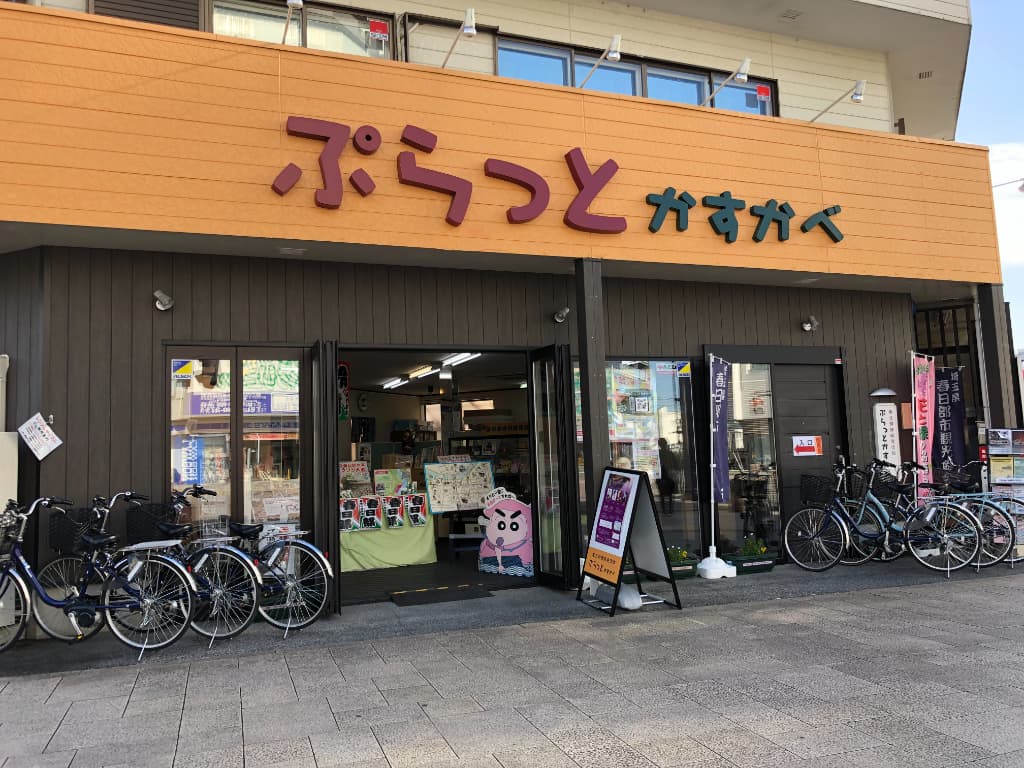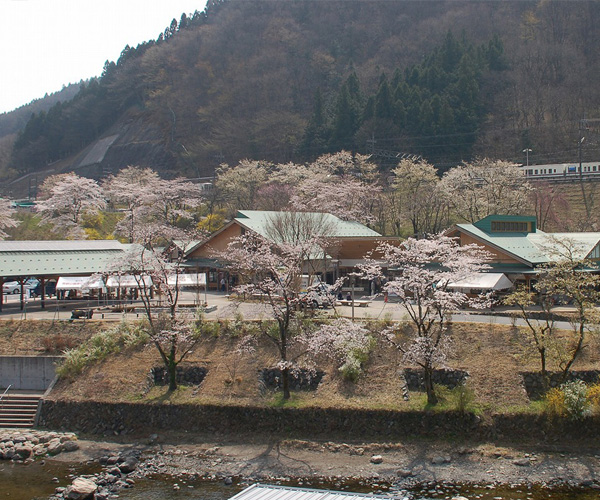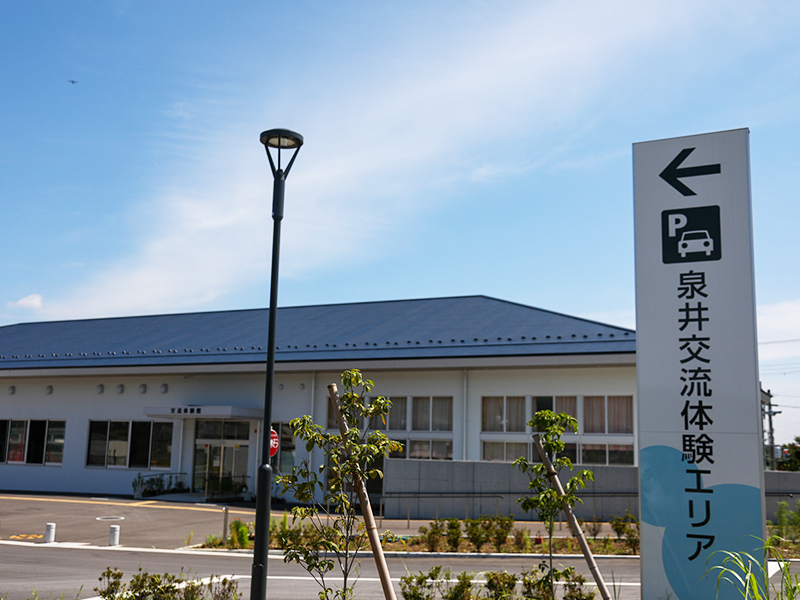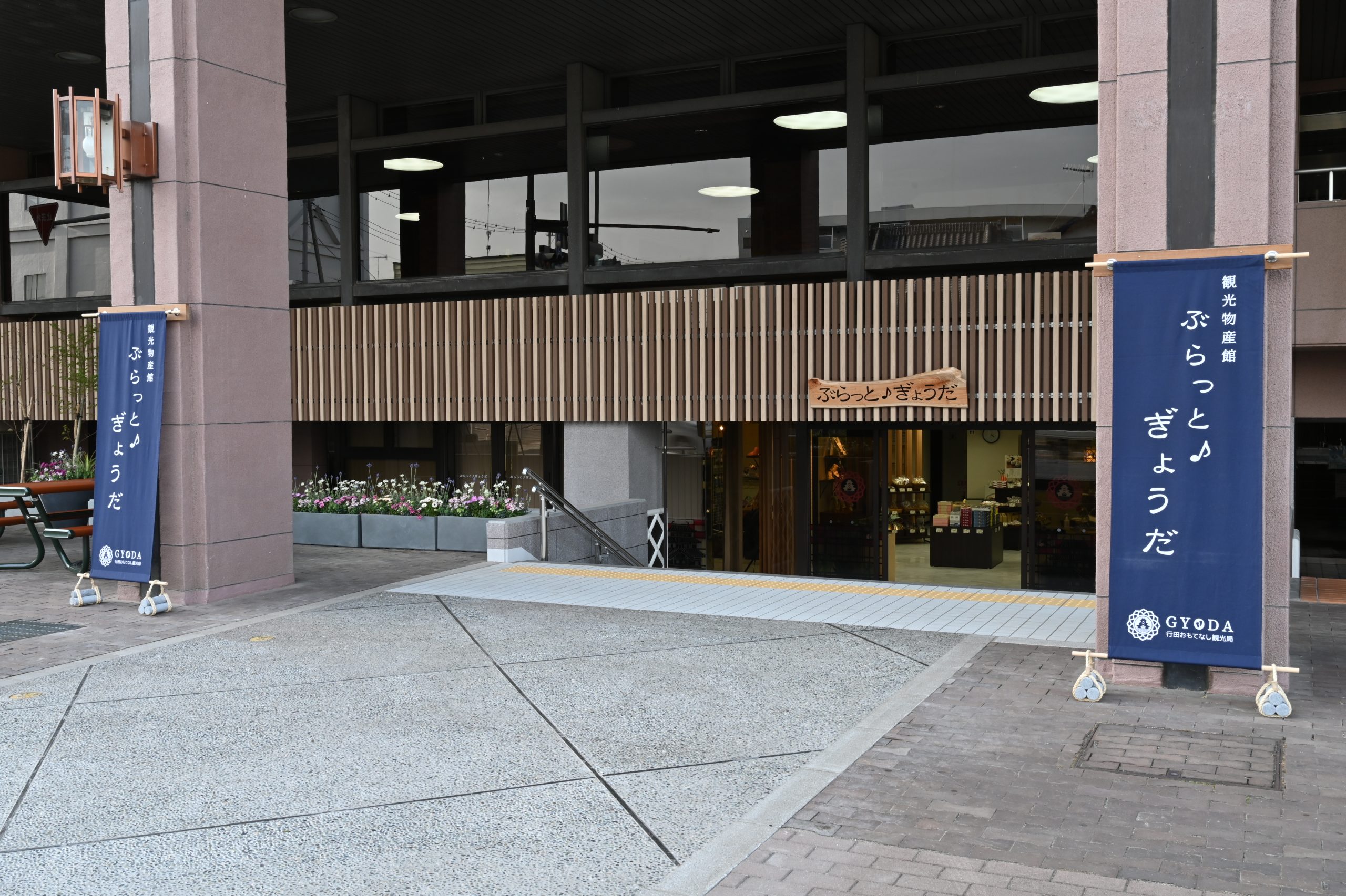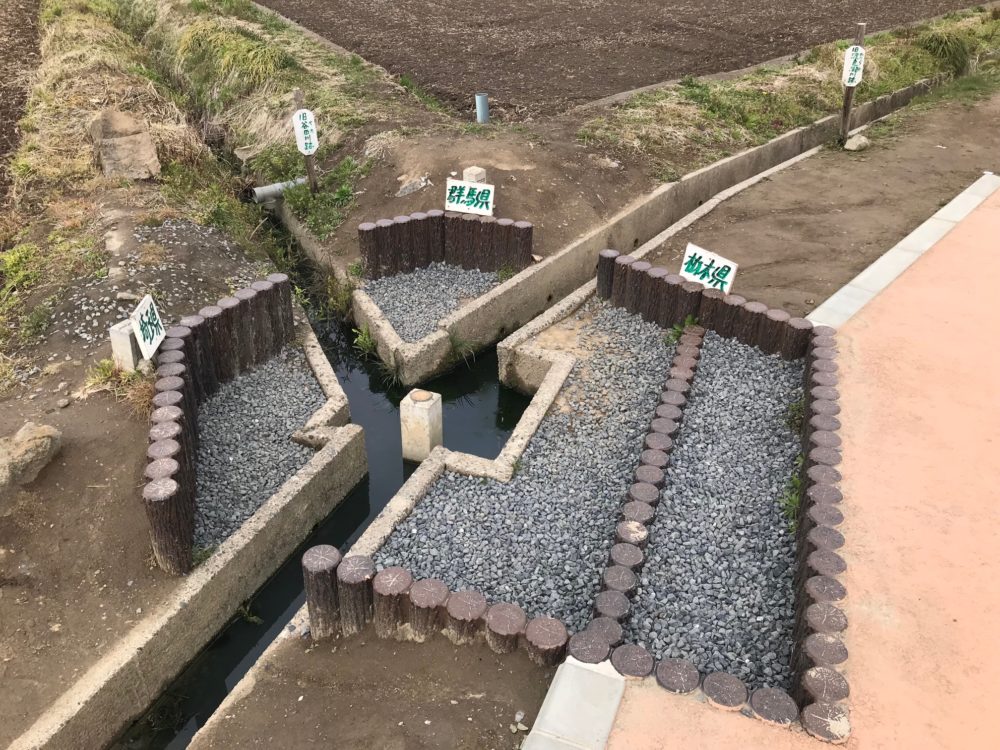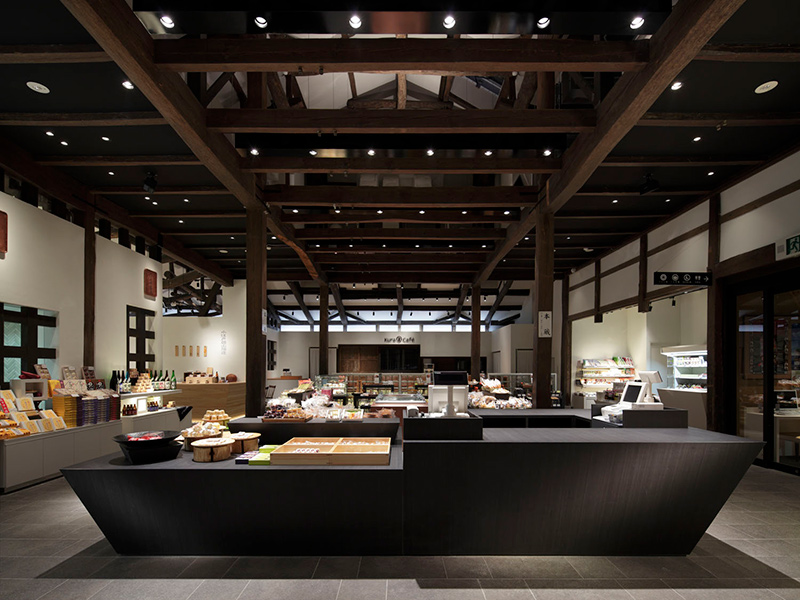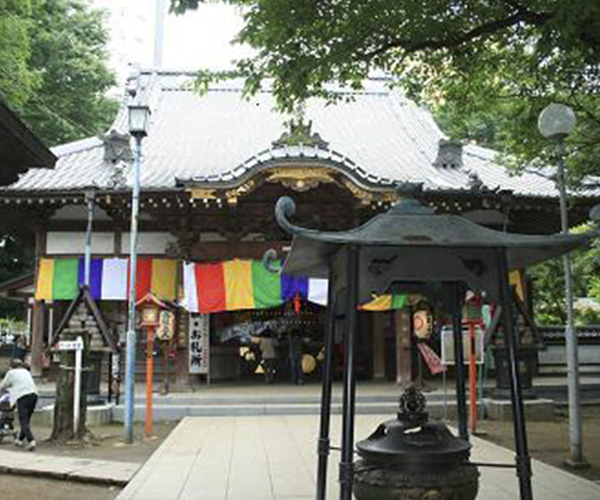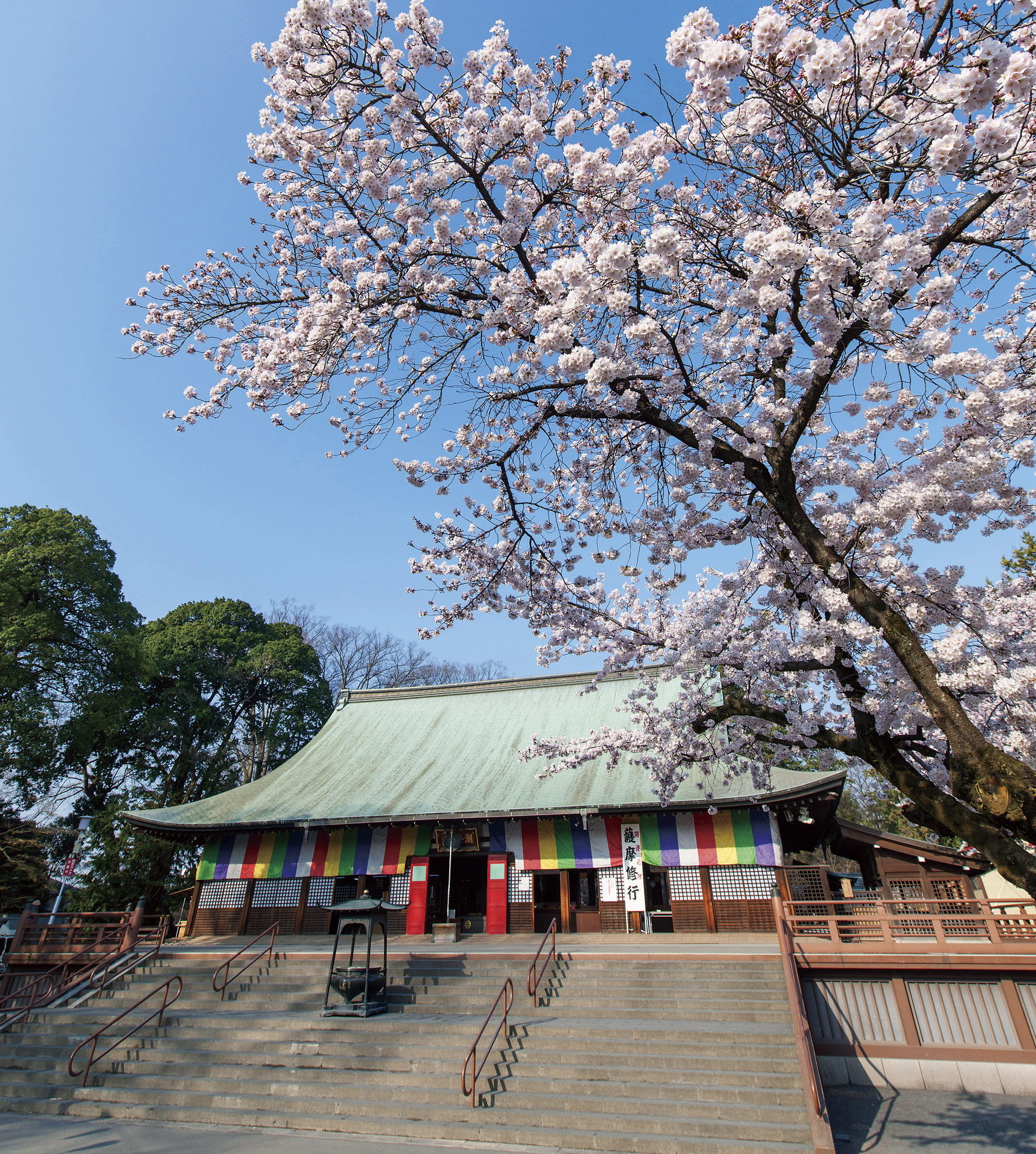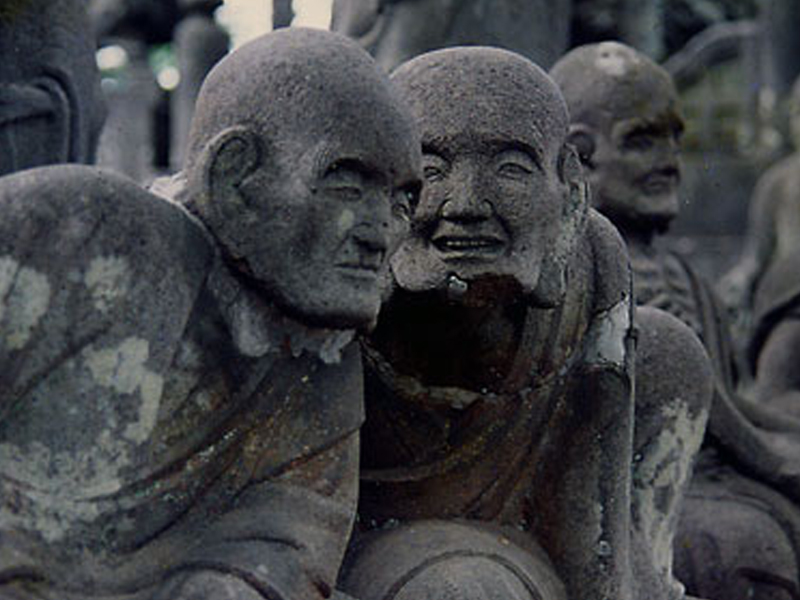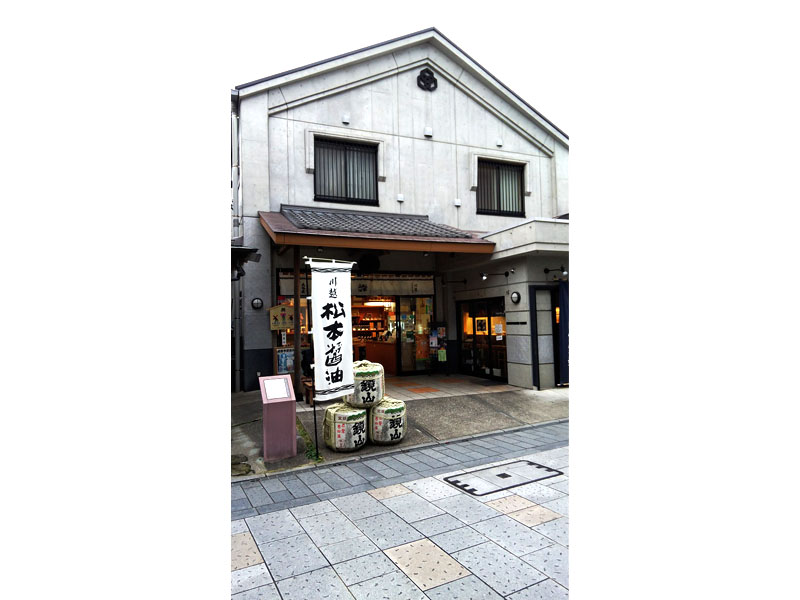Kawagoe City Honkawagoe Station Tourist Information Center
sightseeing
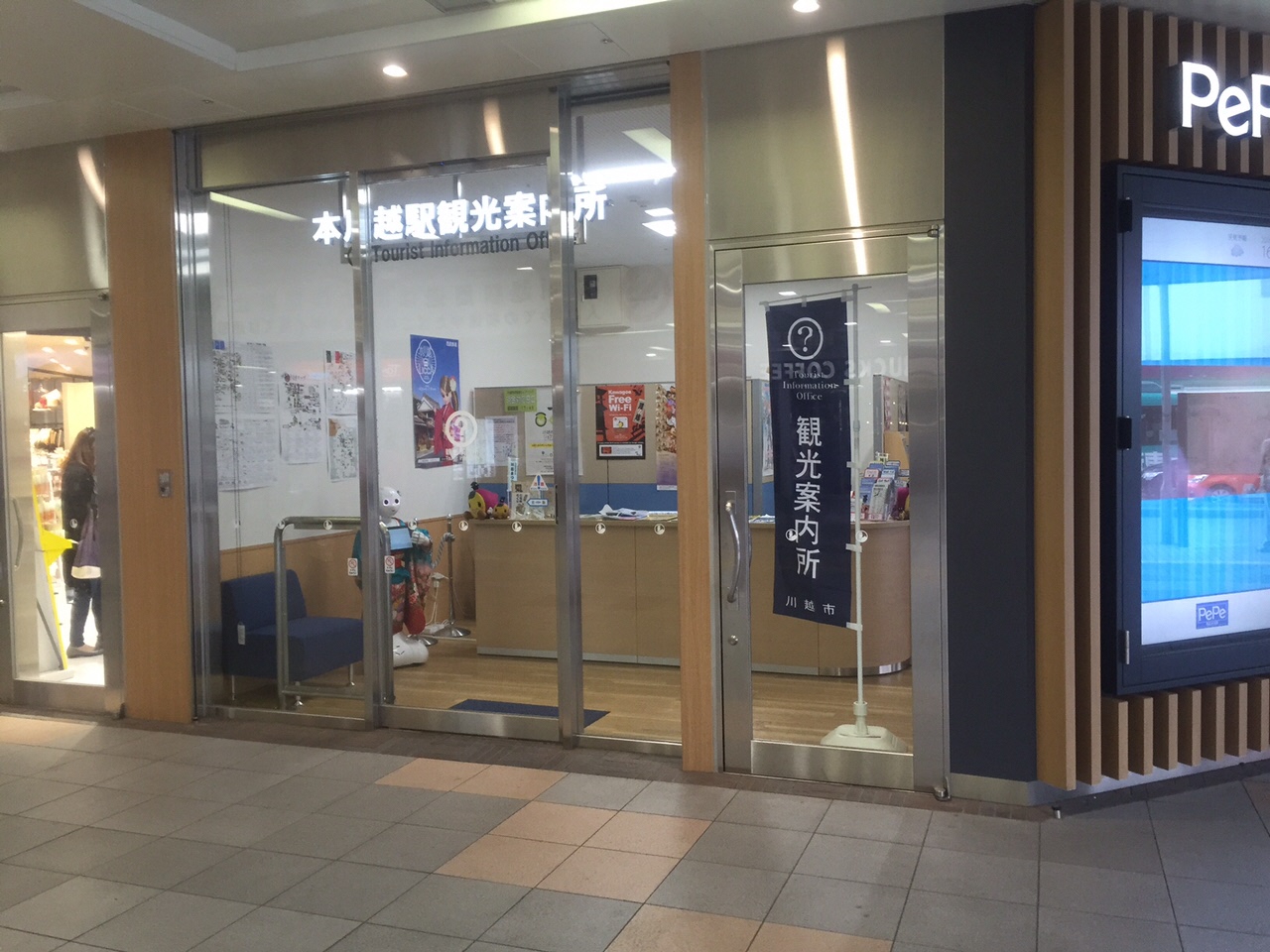
Located on the first floor of Pepe Honkawagoe Station of Seibu Shinjuku Line, we offer tourist information and sightseeing brochures. We are the closest visitor information center to Koedo Kawagoe and the Kurazukuri townscape. In addition, we offer wheelchair rental and baggage storage services (payment required).
Basic Information
Location
Kawagoe Shintomichō 1-22 Seibu Honkawagoe Pepe
Business hours / Fee
Business hours
9:00 ~ 16:00 (April-June)
9:00 ~ 19:00 (July-October)
9:00 ~ 17:00 (November to March)
9:00 ~ 19:00 (July-October)
9:00 ~ 17:00 (November to March)
Regular holiday
Operating all year round.
How to get there
Public transport
Honkawagoe Station of Seibu Shinjuku Line (Pepe 1F)
Car
About 15 minutes from "Kawagoe" Interchange of Kan-Etsu Expressway
Parking
Free Parking Available
Other
Foreign language support
Staff (UK / Germany / Korea / Spain) Pamphlet (UK / China (Traditional / Simplified) / Korea / Germany / France / Spain / Portugal / Thailand)
Internet Wi-Fi
〇
Universal design
Wheelchair rental
〇

